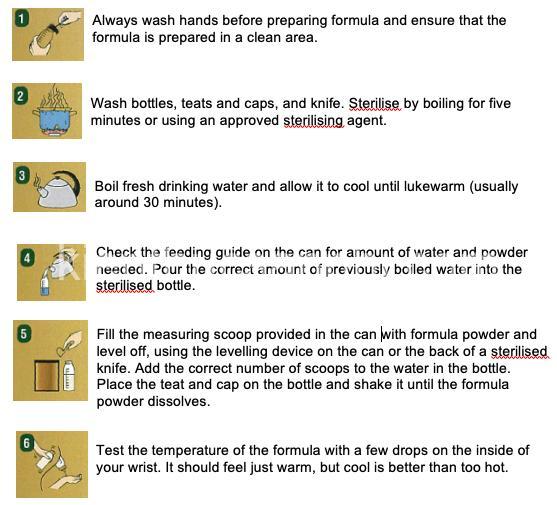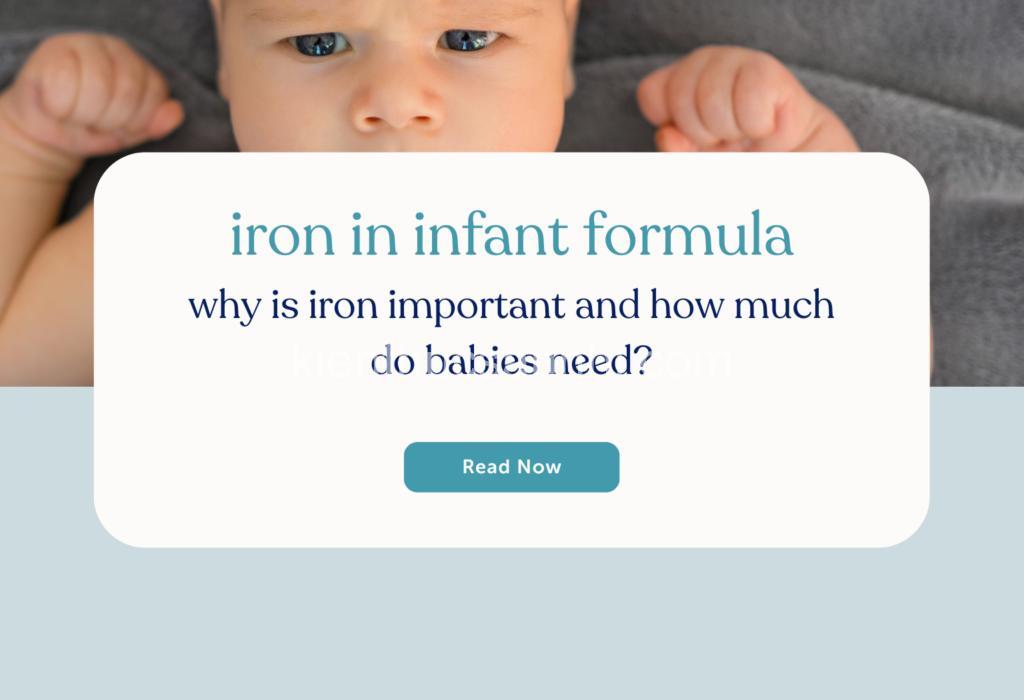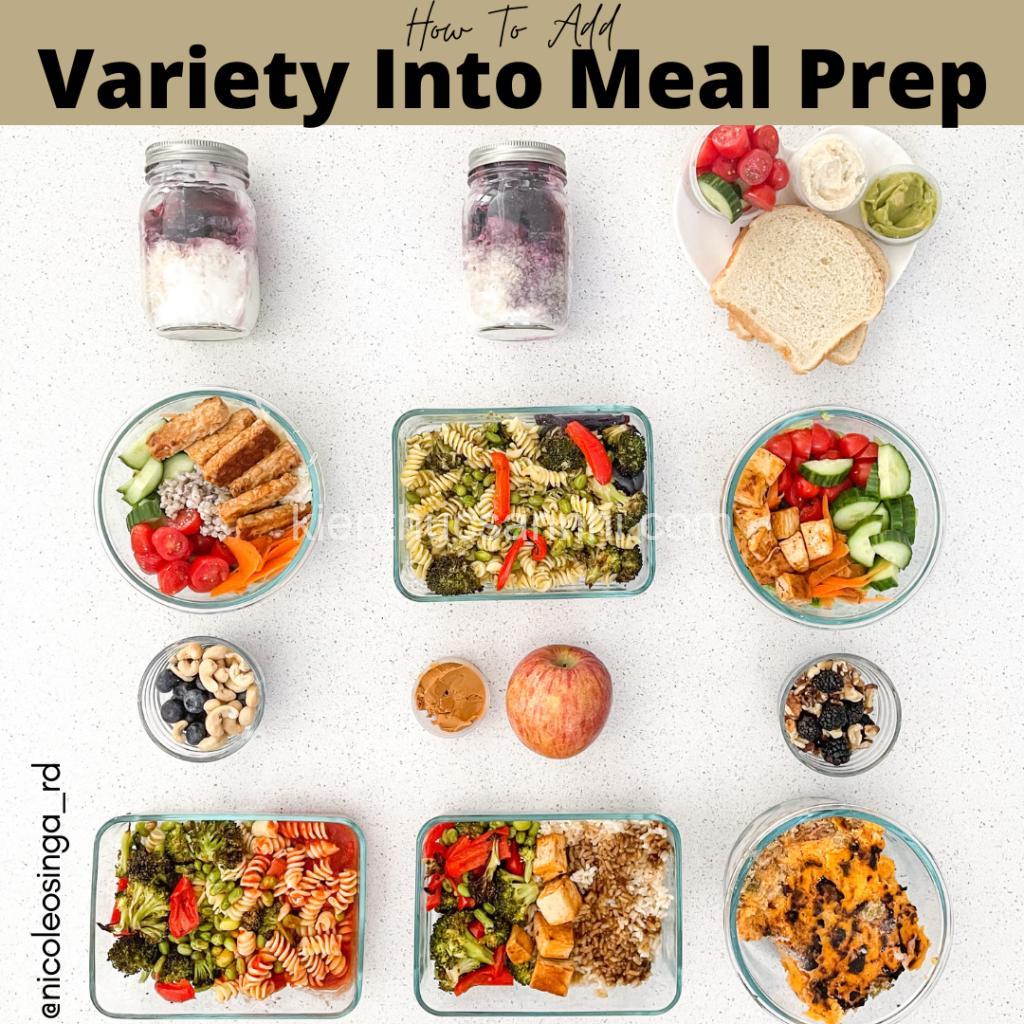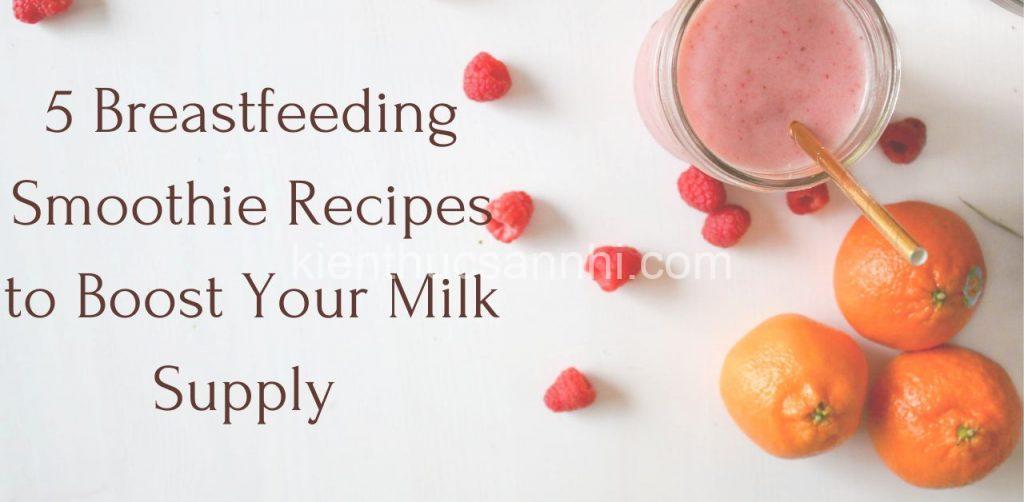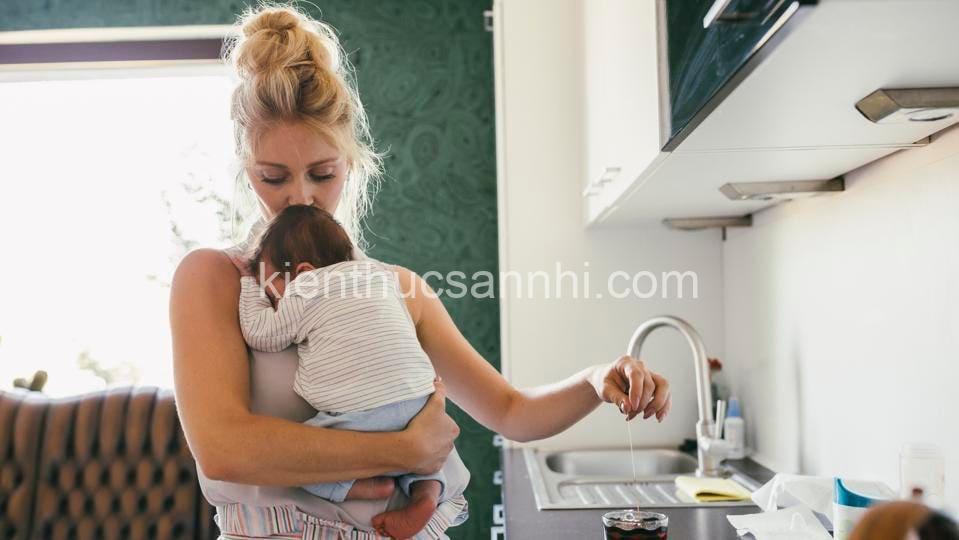
Sippy Cups for Formula-Fed Babies: When & How to Transition. In today’s article, kienthucsannhi.com will explore with you in the most detailed and complete way. See now!
When is My Baby Ready for a Sippy Cup?
Every baby develops at their own pace, and there’s no one-size-fits-all answer to when they’re ready for a sippy cup. However, there are some general guidelines and key signs to look for. First, let’s discuss why transitioning to a sippy cup is important:
- Independence and self-feeding skills: Learning to drink from a sippy cup helps babies develop their independence and self-feeding skills. It allows them to take control of their feeding and become more confident in their ability to eat on their own.
- Reducing risk of bottle caries (baby bottle tooth decay): Prolonged bottle feeding, especially with sugary drinks, can increase the risk of tooth decay. Sippy cups can help to reduce this risk by encouraging babies to drink faster and preventing milk or formula from sitting on their teeth for extended periods.
- Developing oral motor skills: Using a sippy cup helps babies develop their oral motor skills, which are essential for speech development and eating solid foods. It strengthens the muscles in their mouth and helps them learn to coordinate their lips, tongue, and cheeks.
Now, let’s look at the signs that your baby is ready for a sippy cup:
- Shows interest in other cups: If your baby watches you or other adults drink from cups and seems curious, it could be a sign they’re ready to try a sippy cup.
- Has good head and neck control: Your baby should be able to hold their head up steadily and independently to prevent spills.
- Sits up independently: This allows them to hold the sippy cup and drink without assistance.
- Can grasp and hold objects: Being able to grasp and hold the sippy cup is crucial for successful drinking.
- Shows signs of wanting to feed themselves: If your baby seems frustrated with being fed or tries to reach for your cup or bottle, it’s a sign they may be ready for more control over their feeding.
Potential risks of introducing a sippy cup too early:
While a sippy cup can be beneficial, introducing it too early can have some drawbacks. These include:
- Frustration and resistance: Babies may be overwhelmed or confused if they’re not ready, leading to frustration and resistance to using the sippy cup.
- Increased risk of choking: Babies who are not yet ready to drink from a sippy cup may be more prone to choking.
- Delaying the development of proper drinking skills: Introducing a sippy cup before your baby is ready may delay the development of proper drinking skills, potentially leading to difficulties later on.

Choosing the Right Sippy Cup for Formula Feeding
Choosing the right sippy cup can make a big difference in your baby’s transition. There are many different types and styles, and the best one for your baby will depend on their age and developmental stage:
- Types of sippy cups:
- Spout cups: These are traditional sippy cups with a spout for easy pouring. They are often the first type of sippy cup introduced to babies.
- Straw cups: These cups require the baby to suck through a straw, which can be helpful for developing coordination and muscle strength.
- Open cups: These are the most advanced type of sippy cup and resemble regular cups, allowing for independent drinking.
Factors to consider when choosing a sippy cup:
- Age and developmental stage of your baby: Choose a sippy cup that is appropriate for your baby’s age and developmental stage. Spout cups are best for younger babies, while straw cups and open cups can be introduced as they develop more coordination and skills.
- Ease of use and cleaning: The sippy cup should be easy for your baby to hold and drink from, and easy for you to clean.
- Safety features (spill-proof, BPA-free, leak-proof): Look for sippy cups with safety features that prevent spills and leaks, as well as BPA-free materials.
- Material and durability: The material should be durable and easy to clean. Silicone is a popular choice for its flexibility and resistance to breakage.
- Your personal preferences: Choose a sippy cup that you find aesthetically pleasing and comfortable to use.
Popular sippy cup brands and models:
- [List popular sippy cup brands and models with brief descriptions]
How to Introduce a Sippy Cup Gradually
Introducing a sippy cup should be a gradual process, allowing your baby to adjust at their own pace. Here’s a step-by-step approach:
- Start with small amounts of formula: Begin by offering only a few ounces in the sippy cup, gradually increasing the amount as your baby gets used to it.
- Let your baby explore the sippy cup: Encourage your baby to play with the sippy cup, feel its different parts, and try sucking on the spout or straw. You can even model how to drink from the sippy cup yourself.
- Gradually increase the amount of formula: As your baby becomes more comfortable, gradually increase the amount of formula in the sippy cup until they are drinking their entire feed.
- Be patient and supportive: Don’t get discouraged if your baby resists the sippy cup at first. Be patient and offer encouragement and positive reinforcement. Make the experience fun and enjoyable.
Using a Sippy Cup for Formula Feeding
Once you’ve successfully introduced the sippy cup, it’s important to use it properly:
- Warming formula: Always warm the formula to your baby’s preferred temperature, following the manufacturer’s instructions.
- Avoiding bubbles: Shaking the formula can create bubbles, making it difficult for your baby to drink. Instead, gently stir the formula.
- Keeping the sippy cup clean: Wash and sanitize the sippy cup thoroughly after each use, ensuring that it’s clean and free of bacteria.
When to Stop Using a Sippy Cup
As your baby grows and develops, they will eventually be ready to transition from a sippy cup to an open cup. There are several benefits to this transition:
- Benefits of switching to open cups: Open cups help babies develop further independence and self-feeding skills, reducing the risk of speech delays and preparing them for transitioning to solid foods.
- Signs your baby is ready to transition to an open cup: Signs of readiness include being able to hold and manage the cup independently, drinking from an open cup without spilling excessively, and showing good coordination and control when drinking.
- Tips for transitioning to an open cup: Start with small amounts of liquid, practice in a controlled environment, and offer encouragement and praise.
Seeking Professional Advice
If you have any concerns about transitioning to a sippy cup, your baby’s development, or their oral health, consult a healthcare professional. They can provide personalized advice and guidance. You can also contact a registered dietitian or pediatric dentist for specific questions about formula feeding or oral health.
FAQs About Introducing a Sippy Cup
Is it okay to introduce a sippy cup before 6 months of age?
Generally, it’s not recommended to introduce a sippy cup before 6 months of age. Babies at this age are still developing their oral motor skills and may not be ready for a sippy cup.
How long does it take for a baby to transition to a sippy cup?
The transition time can vary from baby to baby. It might take a few weeks or even a few months. Be patient and consistent with your efforts.
Can I use a sippy cup for water instead of formula?
Yes, you can use a sippy cup for water once your baby is ready. However, remember to continue with formula feeding until the recommended age, as formula provides essential nutrients for your baby’s growth and development.
What if my baby refuses to use a sippy cup?
If your baby refuses to use a sippy cup, don’t force it. Try different sippy cup types, experiment with different approaches, and consult a healthcare professional if you’re concerned.
Is it necessary to use a sippy cup before introducing solid foods?
While a sippy cup can be beneficial, it’s not strictly necessary before introducing solid foods. Babies can learn to eat solid foods from a spoon and later transition to using cups for drinks.
Conclusion
Introducing a sippy cup can be a fun and rewarding experience for both you and your baby. Remember to be patient, supportive, and choose the right cup for your little one’s needs. For more information and tips on raising healthy and happy babies, visit kienthucsannhi.com. We encourage you to leave a comment and share your experiences, or explore more content on our website. We’re here to help you navigate the wonderful journey of parenthood!
